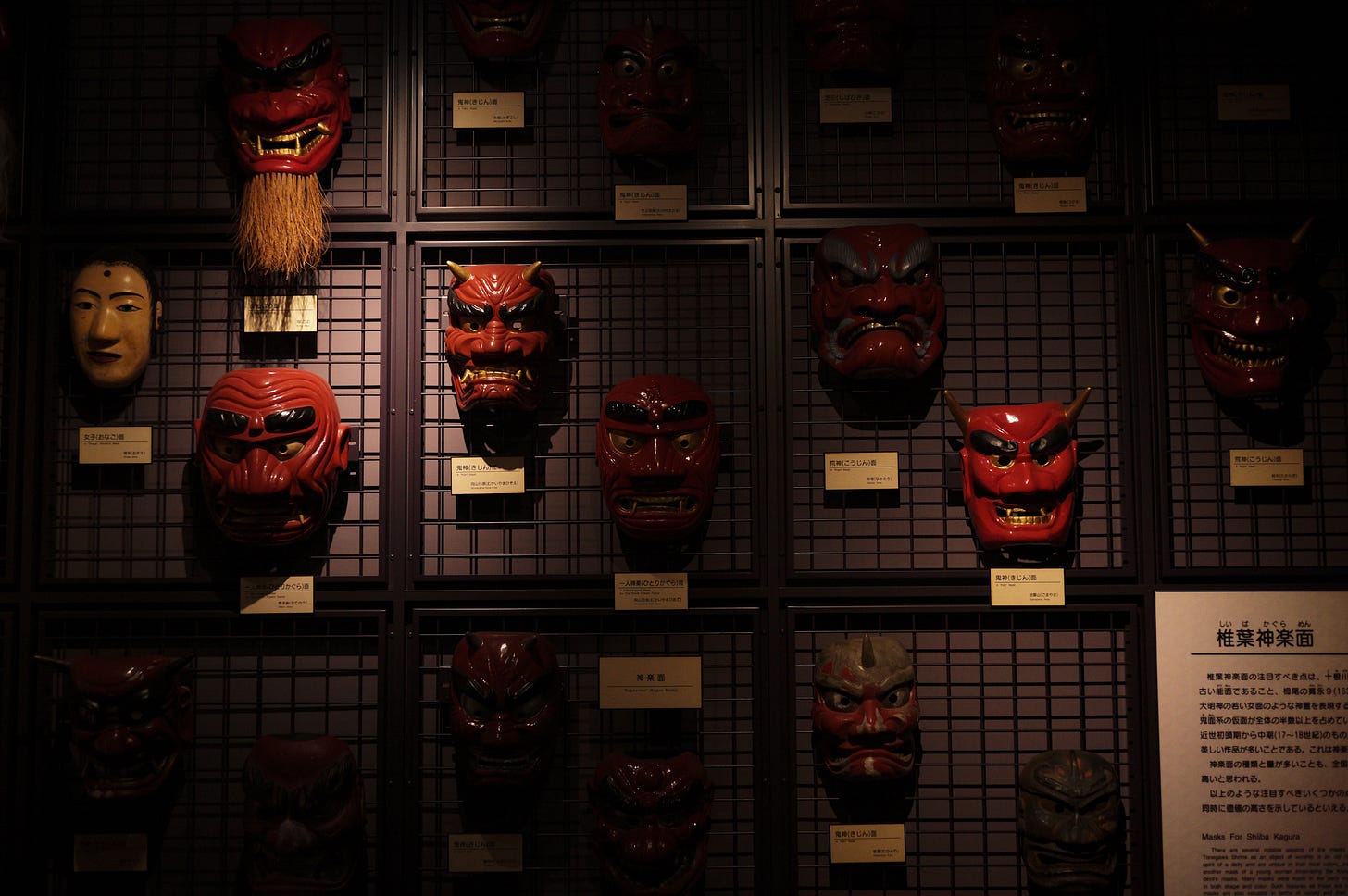Today I have come to Shiiba Village, located deep in the mountains of Miyazaki Prefecture. Shiiba Village has long preserved its unique village culture while surviving through modern times, making it a rare and remarkable presence in Japan that has attracted attention since long ago.
The origin of this remote settlement, which is by no means convenient, lies in the legend that the defeated Heike clan fled into the deep mountains after their loss at the Battle of Dan-no-ura. According to the ancient record Shiibayama Yuraiki, Minamoto Yoritomo ordered Nasu Yoichi to pursue them, but due to illness his younger brother Nasu Daihachirō went in his place to Shiiba. Daihachirō discovered the hidden survivors, but when he saw them quietly farming and living in seclusion, he felt compassion and abandoned the pursuit, reporting instead to the shogunate that the mission had been accomplished. He then stayed in the area, built a residence, established Itsukushima Shrine to enshrine the guardian deity of the Heike, and cooperated with the villagers by teaching farming techniques. It is also said that love blossomed between him and Tsurutomi-hime, a descendant of Taira no Kiyomori, and the story of hanging a bell on a sanshō tree as a signal for their secret meetings is still sung in the folk song Hiotsuki-bushi. Later, when Daihachirō received an order to return, he entrusted her with his treasured sword Tengokumaru, leaving the words, “If a boy is born, raise him in Shimotsuke, if a girl, raise her here,” and departed. The child born was a girl, and it is said that she later married and gave her husband the name “Nasu Shimotsuke no Kami” in memory of her beloved.



